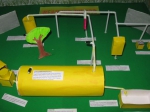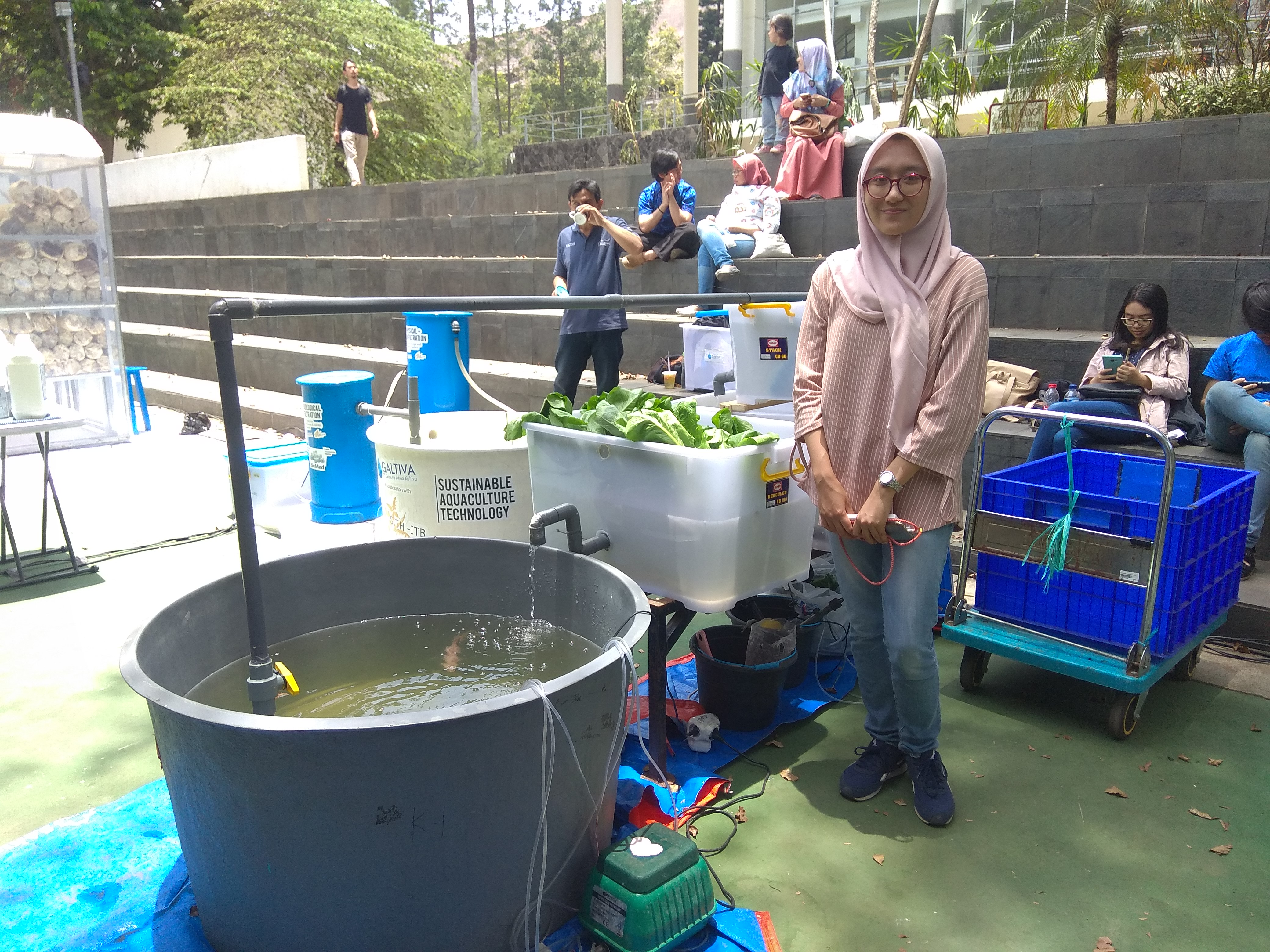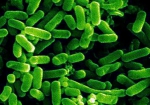SITH ITB Holds Exhibition and Symposium Collaboration with Biology and Microbiology Study Programs
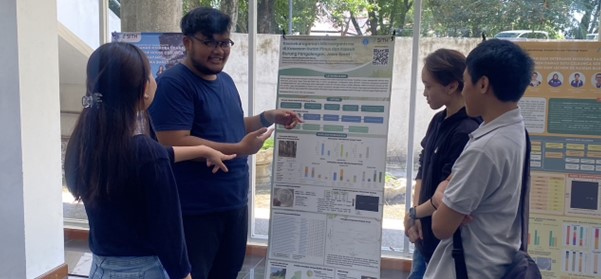
BANDUNG, itb.ac.id – The School of Life Sciences and Technology (SITH ITB) held a Collaborative Exhibition and Symposium involving the Biology and Microbiology undergraduate program, as well as the Biology master’s program. The event took place at the East Campus Center (CC) Science and Technology Gallery and Auditorium, ITB Ganesha Campus, on Wednesday and Thursday (20-21/12/2023).
The event showcased small-scale research, final projects, and field classes conducted by each study program.
From the Undergraduate Program in Microbiology, the participating courses in this activity included the Microbial Ecology and Evolution Project, Microbial Biosystematics, and Introduction to Bioinformatics for Microbiology. Meanwhile, the Undergraduate Program in Biology contributed with courses such as Animal Anatomy and Physiology Project, Ecology Projects, and Synthetic Biology. The Master’s Program in Biology was represented by the Bioinformatics course.
The exhibition and symposium aimed to ignite students' interest in innovation and collaboration, enhance their understanding of their respective fields, and provide practical experience in research or project design. Apart from that, this event sought to promote life sciences knowledge, especially in biology and microbiology to the public.
“Through this event, we, as educators, hope that the public, especially the academic community of ITB can understand the activities conducted by us (SITH ITB). We also hope that students can learn and recognize the potential for interdisciplinary collaboration,” said Intan Taufik, S.Si., M.Si., Ph.D., the Head of the Undergraduate Program in Microbiology.
One of the best exhibits was the outcome of a field class activity by Microbiology students, who focused on the microbial diversity in the Bird Crater area of Pangalengan, West Java.
“During our field studies, one of the activities that we did was sequencing natural samples, including samples from the Bird Crater. The sequencing results we obtained were analyzed using metagenomics so that we could determine microbial diversity in the area,” said Sabi, a Microbiology undergraduate student.
Sabi mentioned that there is still a large diversity of microorganisms in the crater area that has yet to be explored. The field study conducted was a good start to map this diversity and further analyze its potential applications in various sectors, such as industry and health.
The exhibition and symposium attracted significant interest from a diverse audience. This serves as an example that life sciences is an engaging field of study with the potential for continuous advancement and its relevance to human welfare.
Reporter: Sabiyan Arafi (Microbiology, 2021)
Translator: Sherina Wijaya (Geological Engineering, 2019)
Editor: Hanna Daniela Ayu (Aerospace Engineering, 2021)
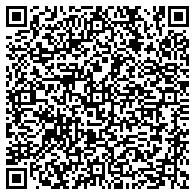
scan for download



